Your brand strategy helps define the way potential customers remember and perceive you, so it’s essential to make sure it’s reflective of your values and goals.
If you’re just starting out or looking to refresh your brand’s image, where do you begin?
Some of the brand elements to include in your brand strategy and book include:
- Mission, Vision, Values
- Positioning
- Brand Architecture
- Persona
- Voice
- Approved Messaging
- Brand Name
- Logo
- Palette (Primary & Secondary)
- Typography
- Iconography
- Imagery
- Marketing Collateral Design Samples
Many of these are probably familiar to you – some, maybe less so. Read on for an overview of the key components of a great branding strategy, and how they all contribute to your image.
Digital Silk develops authentic brands. Request a Quote
What Are Brand Elements?
Brand elements are standardized features businesses use to ensure effective and consistent presentation to internal and external audiences.
Considering that the average consumer needs 5-7 exposures to even remember a brand, it is unsurprising that consistent presentation would play an important role in buyer journeys.
In this guide, we’ll show the elements to include in your brand strategy as well as a brand book to optimize your brand presentation across touchpoints.
But first, some basic brand terminology:
A brand strategy lays the foundation for your branding, from identifying your optimal brand positioning to defining your unique and authentic brand persona.
A brand book documents your detailed guidelines that govern how stakeholders communicate and present your brand across channels.
Brand Elements To Include In Your Brand Strategy
Brand strategy elements may feel abstract and difficult to pin down at first. However, starting with your values and your relationship with your target customer will help you define the way you communicate your identity.
It is these foundational elements that give your messaging and visual identity a direction. As seasoned brand strategists, we have observed that thanks to this clear sense of identity, your brand is more likely to come across as authentic.
The elements to include in your brand strategy are:
1. Brand Foundations
Mission, vision, values, and promise – define your brand’s north star.
From your offering to recruitment and marketing, your north star will stir all stakeholders towards a shared goal, resulting in an authentic and credible brand.
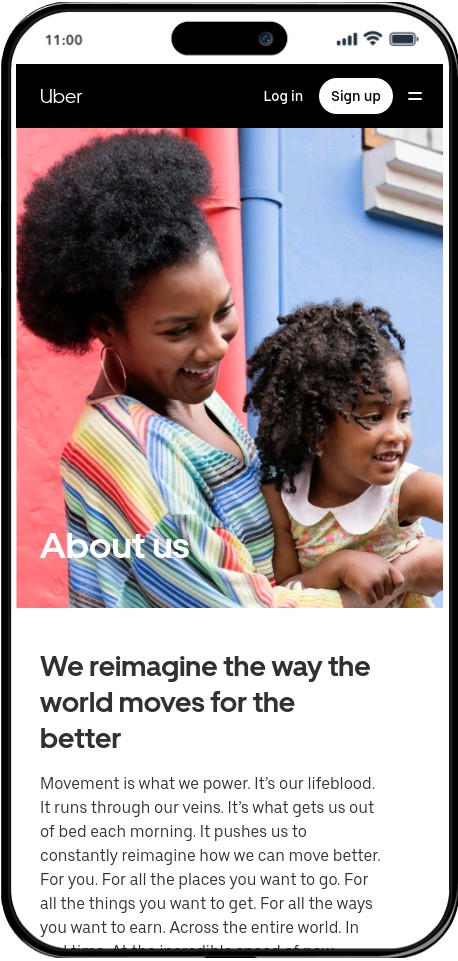
[Source: Uber]
2. Positioning
What is your unique value proposition? How do (or will) your audiences recognize and value your brand in your competitive market?
Strategic brand positioning defines how your brand would be perceived among competitors. Finding your ownable space on the market will help you craft effective messaging and visual identity.
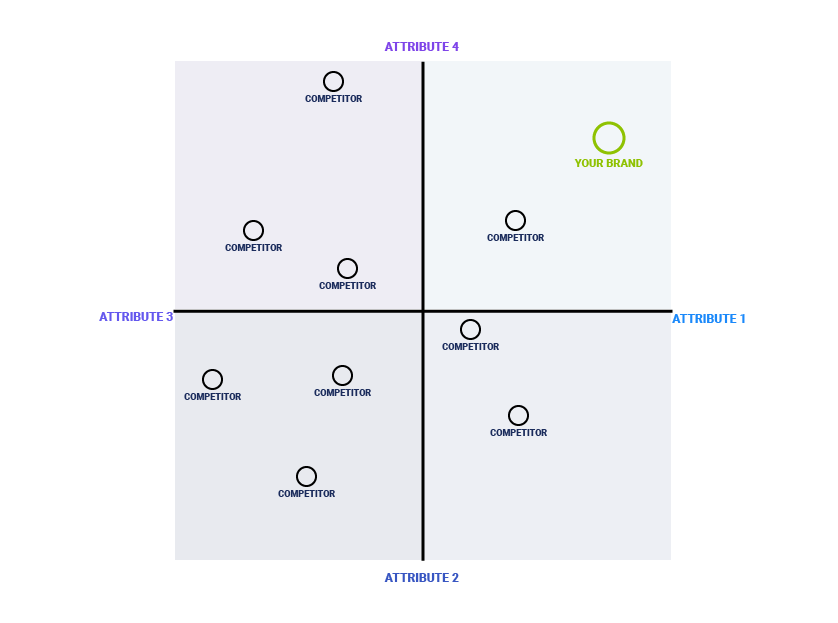
3. Brand Architecture
Businesses with multiple brands in their portfolio should develop a brand architecture.
Brand architecture helps you establish strategic relationships among your brands to optimize brand equity and performance.
4. Persona
Humanized brands tend to build engaged and loyal brand audiences.
To give your brand a unique and authentic persona, we recommend identifying archetypes that best describe your brand’s characteristics, both virtues and flaws.
5. Voice
Brand voice is your business’ idiolect – a unique manner of using language. As such, it is an important component of building your brand persona.
To streamline your brand voice, create guidelines around your preferred spelling and grammar, style, tone, buzzwords, digital language (ex. emojis), and even voice actor criteria for video voiceovers.
Fast food chain Wendy’s is renowned for their unique brand voice. In fact, this has helped them amass a following on Twitter
[Source: Wendy’s via Twitter]
6. Approved Messaging
Messaging is, arguably, the most important component in brand communication and marketing. It directly impacts how audiences understand and value you’re offering.
Develop a set of approved brand messaging to use across channels and touchpoints. Include taglines, boiler plates and bios, and elevator pitches.
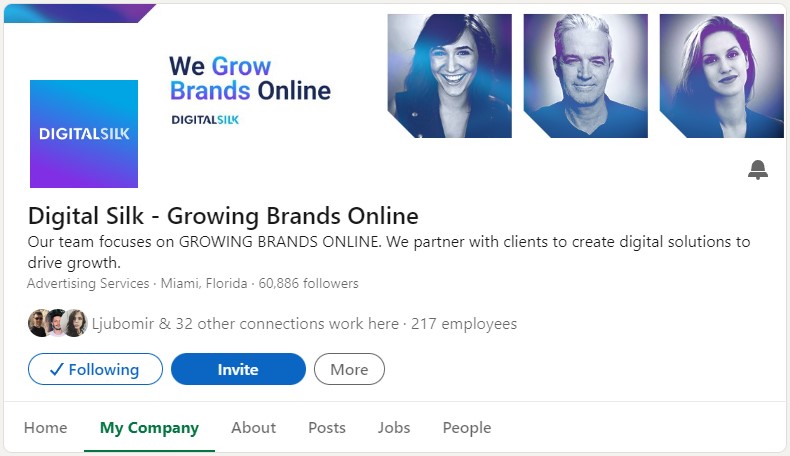
[Check us out on LinkedIn]
Brand Elements To Include In Your Brand Book
Once you’ve laid out the more intangible elements of your brand strategy, it’s time to find the best way to represent your identity visually.
Your unique branded elements will help build brand awareness and further communicate who you are as an organization. These elements are consumer-facing and, therefore, play a key role in how your prospects remember and perceive your brand.
The elements our award-winning brand designers include in clients’ brand books (and so should you) are:
7. Brand Name
Google, Apple, Zappos, Tesla, Slack – you don’t need their logos to recognize these giants. The brand name is what your audience will remember you by.
If you are building a new brand, consider working with brand naming experts to find the most memorable moniker.
If you are an existing brand, document the story behind your name. It could be a powerful driver of campaign ideas.
8. Logo
The right logo says everything without a single word. An attention-grabbing design is key to making a strong first impression, staying top-of-mind compared to your competitors, and building brand loyalty.
Not sure where to begin? As a rule, you need just 3 elements:
- Distinctive, easy-to-read typography
- Simple colors that align with your brand
- Strong, evocative visual element
Logo design should be consistent across all brand materials and media, including website design, brand stationery, and advertising.
[Source: @joeshoop & @airbnb via Twitter]
9. Color Palette
The color palette you choose is highly influential and can speak volumes about your brand, evoking feelings of excitement, warmth, security or strength. Sticking to your color palette in web design and branding materials on- and off-line creates visual consistency and adds to brand recognition.
Primary Color Palette: Most people think red, yellow and blue when they hear “primary color palette.” However, in this case, it refers to the 1-3 colors you’ve selected to incorporate in your logo — which can be any shades that best convey your identity.
Secondary Color Palette: Your secondary color palette highlights and complements the primary palette on branding materials. Typically, brands use 1-6 secondary colors; less is more when it comes to boosting recognition and consistency.
As an example, you’re probably familiar with McDonald’s classic red and yellow color scheme. In recent years, they’ve also used a complementary color palette of teals, purples and greens in their typeface.
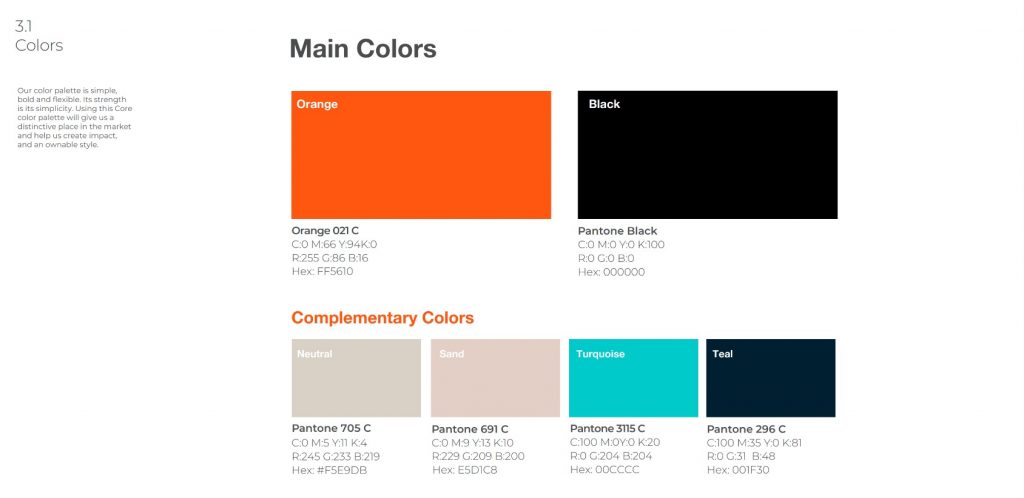
10. Typography
Though the first thing you may think of when it comes to visual branding is the logo, typography is another major component to consider.
While your font choices add aesthetic value, they also contribute to your overall user experience. Clear, easy-to-comprehend font choices are vital to web navigation and accessibility.
In short, your font should be memorable and personable, but also legible and usable across platforms.
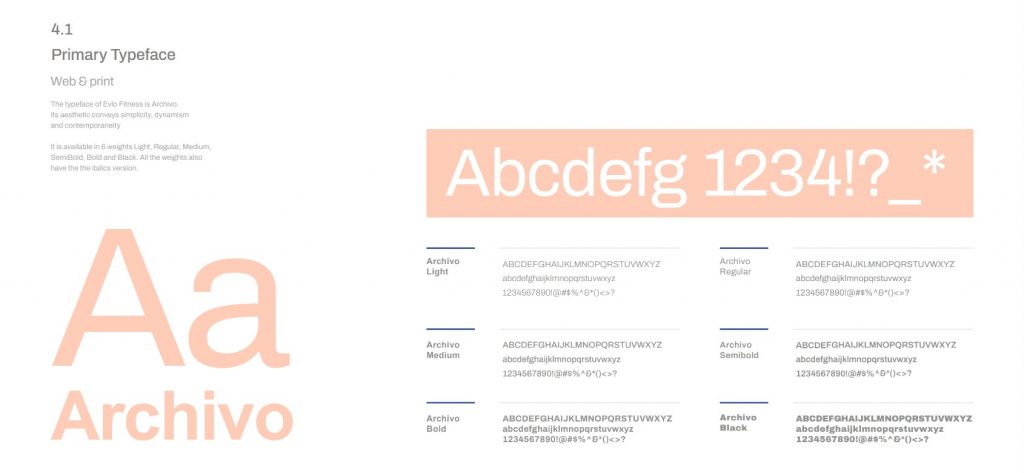
11. Iconography
Your iconography is the set of symbols and images meant to quickly convey an idea or action as a user scans your text.
For instance, if you’re building an eCommerce website your iconography will likely include a shopping cart symbol, a set of 1-5 stars to indicate an item’s rating, symbols to mean ‘like’ and ‘share’ a listing, and so on.
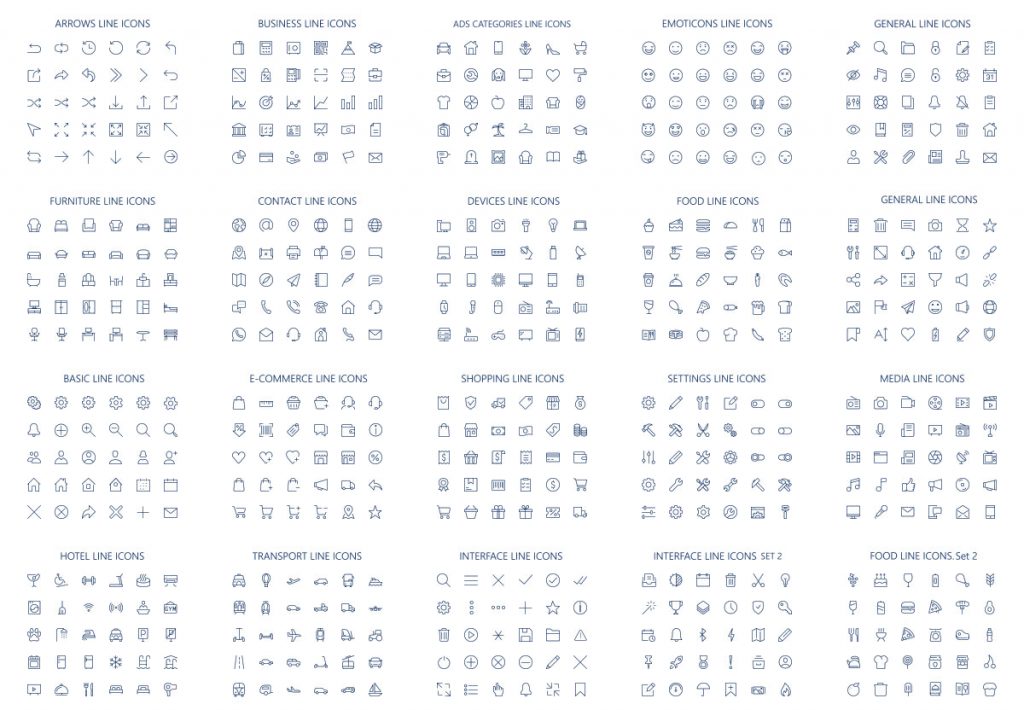
12. Imagery
Your guidelines for imagery and photography will depend on what kind of emotions you want to evoke with colors, lighting, depth, and focus.
For example: If you use people in your imagery, do you include subjects’ faces or shoot from their point of view? Do you use staged interaction, or prefer images that read as candid or real-life?
These guidelines also apply to product shots: whether you portray real product interaction, whether the product must remain in focus, and so on.
13. Marketing Collateral Design Samples
Finally, you’ll want to create guidelines for all the marketing collateral you may want to use.
This could include printed material such as magazines, brochures, and posters, but also covers digital content like e-books, videos, and newsletters.
These can be many prospects’ first impressions of your brand. Make sure they’re a seamless extension of your identity.
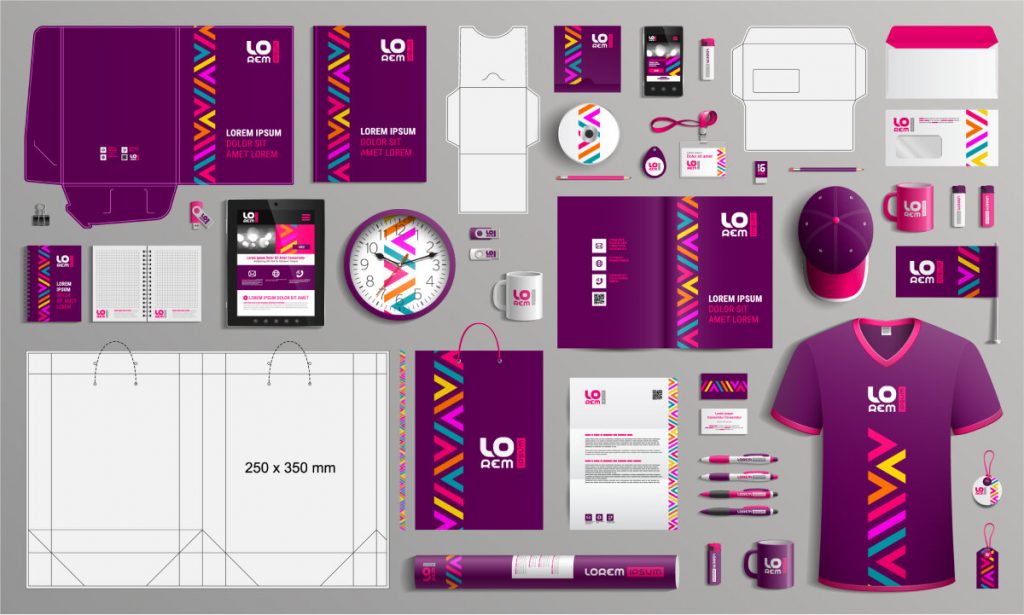
How To Prioritize Branding Elements For Your Business
Your brand strategy and visual identity should be as distinctive as you are, and your approach to selecting each of these elements, especially the labor-intensive design ones, will depend on your unique business needs.
For example, brands that sell consumer products may want to differentiate their visual identity as much as possible to stand out on the competitive market. This means custom typography, iconography, image treatments, lifestyle photography, and so on.
B2B brands, on the other hand, typically do not require such detailed differentiation. Defining the typography, iconographic styles, and stock image treatments are often enough to do the trick.
To determine how many unique brand elements you should develop, consider the following questions:
- How many consumer touchpoints do I have online and offline?
- Are you selling products in physical stores? Do you need distinctive packaging?
- How many online channels do you use to interact with your prospects and clients?
- How saturated is my competitive market?
- How well-developed and distinctive are my competitors’ overall brand identities including messaging and brand voice, and visual identity?
- Who is my audience?
- What type of content and brands is my audience used to?
Our experts can help. Request a consultation
Develop Your Brand Elements With Us
Building a brand strategy takes considerable research, time and money but is a worthwhile investment to establish, elevate or redefine your brand.
Outsourcing one, a few, or even all of these items can help you free up time and resources better spent in other areas of your operations.
Using a full-service branding agency is one of the easiest ways to make sure all of these elements are developed to work cohesively and adhere to industry best practices.
Digital Silk’s in-house branding experts are specialized in building and rebuilding, designing and growing brands online. Request a proposal for your project on our website and we will get back to you promptly
"*" indicates required fields



